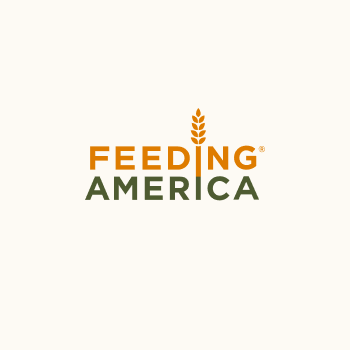How food banks and food pantries get their food
Food banks distribute a lot of food. Last year, the Feeding America network distributed more than 5.7 billion meals. As we continue the fight against hunger in the United States, food banks will need to provide millions more meals to meet the increased need.
But where do food banks get all that food, and what can you do to help? From individual food drives to farmers and federal programs, there are three main ways food banks get food to feed their communities.
1. Food is donated to food banks
Most of the food that reaches struggling families is donated to food banks by people, businesses, and farmers. Food donations can come from:
- Food drives. An essential source of high-quality, shelf-stable items, food drives provide flexibility for food banks. The food received can be distributed immediately or stored until needed. Individuals, families, church groups, companies, and businesses start food drives.
- Farmers. Many food banks have relationships with local farmers – from small urban gardens to sprawling rural operations – who donate a portion of their crops to the food bank. These donations help food banks provide healthy foods to our neighbors who may not otherwise have access to fresh produce. These relationships are also critical in fighting food waste by allowing farmers and growers to donate excess produce.
- Companies and local businesses. Large and small food businesses, restaurants, and bakeries donate food to food banks. These donations can be big – a truckload of milk – or smaller – a few boxes of extra bread from a local bakery. Contributions from these groups include everything from dairy products to canned goods or even meat products. Last year, businesses donated 3.5 billion meals to Feeding America.
Want to make a food donation to your local food bank? Check out what’s best to donate and what you should avoid.
2. Food banks purchase food
Sometimes, food banks may purchase the items their neighbors need but aren’t donated regularly, such as fresh produce and dairy. Food banks often buy this food at much lower prices than what we spend at the grocery store, so donated dollars can turn into more meals. Purchasing also means food banks can be flexible to address needs specific to their communities, like culturally or medically particular diets.
Find your local food bank and make a monetary donation now.
3. Food banks receive food from federal programs
The United States Department of Agriculture (USDA) provides billions of meals to our neighbors facing hunger yearly. The USDA purchases food from farmers and delivers it to food banks for distribution in their communities. The USDA’s programs are among the most reliable food sources for food banks, providing 1.3 billion meals last year.











